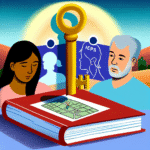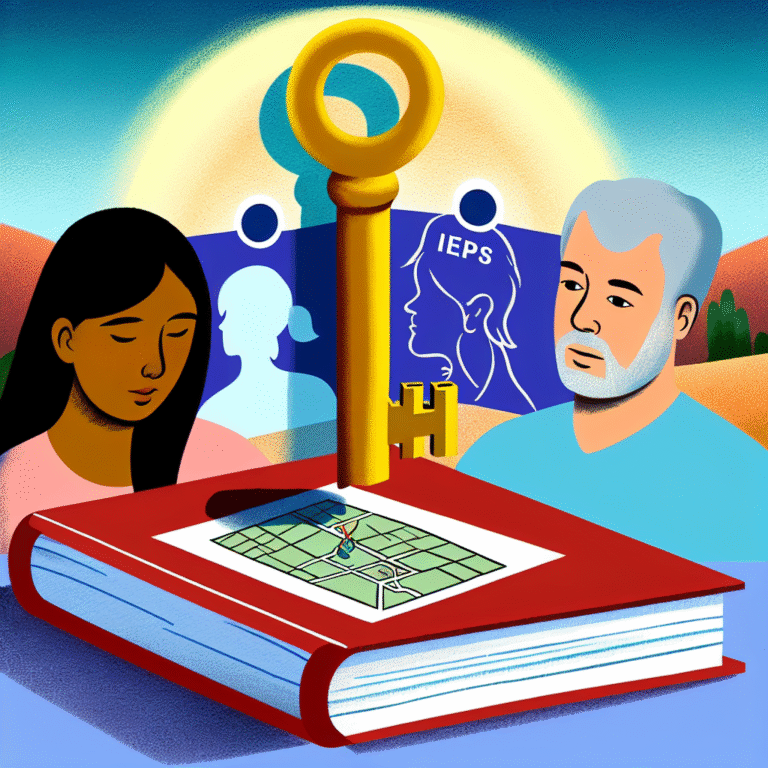
From Confusion to Clarity: Proven Strategies for Helping Kids with Auditory Processing Disorder
Introduction
Imagine being in a classroom where every sound seems to blur together, making it difficult to distinguish one voice from another, or struggling to follow a simple two-step instruction while everyone else seems to comprehend with ease. For children with Auditory Processing Disorder (APD), their world can often feel like a cacophony of confusion and frustration. This article, From Confusion to Clarity: Strategies for Helping Kids with Auditory Processing Disorder, aims to illuminate the path towards understanding and supporting these remarkable kids. I will explore various strategies that parents, educators, and caregivers can implement to foster an environment where children with APD can thrive.
Understanding Auditory Processing Disorder
What is Auditory Processing Disorder?
Auditory Processing Disorder is a neurological condition that affects how the brain processes auditory information. Contrary to hearing impairment, children with APD usually have normal hearing abilities; however, they struggle to interpret and make sense of what they hear. This condition can lead to challenges in understanding verbal instructions, following conversations, and effectively communicating.
Common Symptoms of APD
Recognizing the signs of Auditory Processing Disorder is essential for timely intervention. Some common symptoms include:
- Difficulty following multi-step directions.
- Frequent requests for repetition or clarification.
- Confusion in noisy environments.
- Trouble remembering spoken information.
- Difficulty distinguishing between similar-sounding words.
Understanding these symptoms can be the first step in From Confusion to Clarity: Strategies for Helping Kids with Auditory Processing Disorder.
Strategies for Support
1. Creating a Supportive Environment
Creating an atmosphere conducive to learning is pivotal. Reduce background noise in classrooms and homes, utilize acoustic panels, or encourage the use of personal headphones or earbuds. Simple adjustments can significantly ease the auditory overload that children with APD often experience.
Case Study: The Houston Classroom Pilot
In a pilot program in Houston, a local school introduced sound-absorbent materials and designated quiet zones. Teachers reported a marked improvement in participation and comprehension among children with APD, showcasing the importance of a supportive environment.
2. Utilizing Visual Supports
Visual aids can be powerful tools to help children comprehend spoken language more effectively. Incorporate charts, diagrams, or written instructions alongside verbal communication.
Chart Example: Visual Supports Effectiveness
| Type of Visual Support | Percentage of Improvement |
|---|---|
| Diagrams | 40% |
| Written Instructions | 35% |
| Color-Coded Notes | 30% |
Incorporating these strategies can help transform confusion into clarity.
3. Implementing Structured Communication Techniques
Use specific strategies during conversations to foster better understanding. These include:
- Speaking clearly and at a moderate pace.
- Using simpler vocabulary and short sentences.
- Allowing time for processing information before expecting responses.
4. Encouraging Active Listening Skills
Encouraging active listening can be particularly beneficial for children with APD. Activities or games designed to enhance listening can help bridge the gap in communication difficulties.
Case Study: The Listening Game Approach
A study utilizing a listening game in a special education setting involved prompts that required children to respond to various audio cues. Remarkably, children demonstrated a 50% increase in listening skills over a six-week program, underscoring how structured listening exercises can foster clarity.
5. Fostering Collaboration Between Home and School
Establishing a consistent approach between home and school is crucial. Parents and teachers should share observations and strategies to create a unified support system for children with APD. Regular meetings can ensure that everyone is on the same page.
6. Engaging with Professional Support
Consulting with audiologists, speech-language pathologists, or occupational therapists can provide tailored interventions. These experts can assess a child’s unique challenges and suggest personalized strategies for improvement.
7. Encouraging Peer Interaction
Facilitating social interactions with peers can enhance verbal communication skills and improve confidence. Structured group activities, whether in a classroom or play environment, can promote interaction and skill development.
Case Study: The Buddy System Initiative
In a school district implementing a "Buddy System," children with APD paired with empathetic peers showed increased social interaction and improved communication skills over six months. This reinforces the idea that friendship can be an effective tool in promoting clarity in communication.
Conclusion
Navigating the complexities of Auditory Processing Disorder can be daunting, but with the right strategies and support systems, we can guide children from confusion to clarity. Empowering these children through understanding, patience, and tailored support creates an engaging environment that fosters growth and development.
Let us strive to be advocates for these children, implementing actionable strategies that inspire confidence and understanding. The road may be challenging, but every small victory leads us closer to a world where every child with APD feels understood and supported.
FAQs
1. What are the best early signs of Auditory Processing Disorder to look for?
Look for difficulties following directions, confusion in noisy situations, or frequent requests for repetition.
2. How can teachers support students with APD in the classroom?
Utilize visual aids, reduce background noise, and implement clear, structured communication.
3. Are there specific therapies recommended for children with APD?
Yes, speech therapy, occupational therapy, and auditory training programs are often beneficial.
4. How can parents advocate for their child who may have APD?
Seek an evaluation from professionals, educate teachers about the disorder, and collaboratively develop an Individualized Education Plan (IEP) if necessary.
5. Can children outgrow Auditory Processing Disorder?
While some children may develop better coping strategies as they mature, others may continue to experience challenges into adolescence and adulthood.
6. What are some fun activities to help children improve their auditory skills at home?
Engage in listening games, read aloud with follow-up questions, or use activities that require listening to multi-step instructions.
In conclusion, navigating the journey from confusion to clarity for children with Auditory Processing Disorder is not just possible—it is an opportunity to build brighter futures. By employing the strategies outlined, parents, teachers, and caregivers can turn challenges into triumphs, ensuring a supportive, understanding environment for these extraordinary children.






